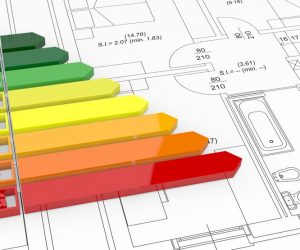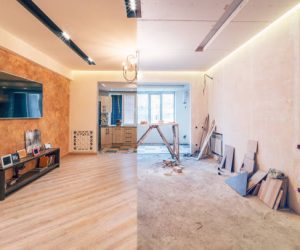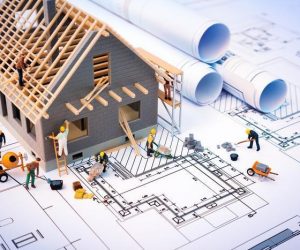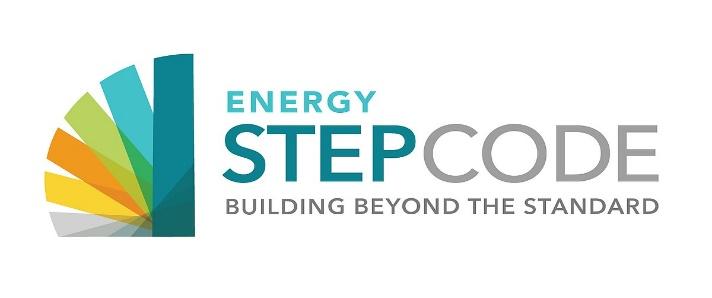BC Energy Step Code Updates & Zero Carbon Step Code
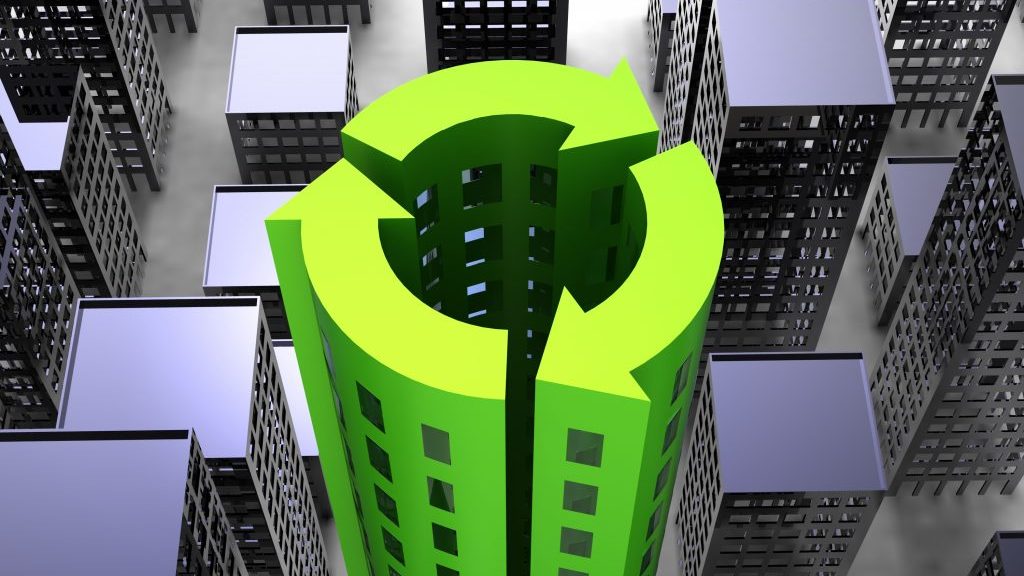
On May 1, 2023, Revision 5 of the BC Building Code (BCBC) 2018 comes into effect. It introduced new energy efficiency requirements and voluntary requirements for greenhouse gas reduction for both Part 3 and Part 9 buildings.
Code Changes: Energy Efficiency
The intent of this update is to achieve 20% improvement in energy efficiency for most new constructions.
For Part 9 buildings, the new code language aligns with National Building Code 2020 (NBC 2020), and the performance approach is now the default requirement and all new residential buildings must comply with minimum Step 3. The prescriptive approach has also been updated, but it needs local governments to pass a bylaw opt-in for residential constructions.
Part 9 –Performance Pathway
- Only apply to residential buildings
- Step 3 is the minimum requirement
- Intensity metrics (TEDI, MEUI) and improvement metrics (%_better) are now separated into two tables
- Improvement metrics (%_better) have relaxations for homes with less than 300 m3 of interior volume
- Additional airtightness testing metrics have been introduced – NLR and NLA
Part 9 –Prescriptive Path
- Apply to non-residential buildings and some mixed-use buildings
- Apply to residential buildings in geographic areas where Energy Advisors are not readily available, but the acceptance requires a by-law opt-in.
- New requirements for envelope thermal performance and mechanical systems
- Heat Pump or Heat Recovery Ventilator (HRV) requirement for residential buildings
Part 9 –Log Homes
- Log homes have the option of complying with the BC Energy Step Code or prescriptive pathway, and local authorities do NOT need to adopt a bylaw to accept the prescriptive approach for log homes.
For Part 3 buildings, the new code language aligns with National Energy Code for Buildings 2020 (NECB 2020) and ASHRAE 90.1 (2019). New energy performance requirements have been introduced, and Step 1 has been marked as ‘reserved’ and is no longer be applicable to new construction, and Step 2 is the new minimum Energy Step Code requirement.
- Major occupancies within Groups C (residential/hotel), D (office), and E (retail) are now required to meet minimum Step 2.
- TEUI targets for office and retail occupancies have been updated

Code Changes: Zero Carbon Step Code
The big news is the introduction of the Zero Carbon Step Code. Today, the Zero Carbon Step Code is optional for local governments, but the province has stated that it will introduce carbon pollution limits into the British Columbia Building Code in 2024 and 2027, and we all know the end goal is Zero Carbon by 2030. The BC Zero Carbon Step Code is based on varying and measurable performance levels or tiers. Local governments that choose to reference the Zero Carbon Step Code in their building bylaws can specify the level of climate ambition they want their new buildings to achieve.
For Part 9 buildings, the Zero Carbon Step Code applies only to residential buildings that comply with the new prescriptive pathway, or Step 3 or higher.
GHG Emission Level | GHG Emission Compliance Options | |||||
Maximum GHG Emissions by House, Expressed in kgCO2e/year | OR | Maximum GHG Emissions by House1 | OR | Reduction of GHG Emissions by Energy Source of Building Systems2 | ||
Maximum GHGI of the House, Expressed in kgCO2e/m2/year | Maximum GHG Emissions by House, Expressed in kgCO2e/year | |||||
EL-1 | measure only | measure only | N/A | |||
EL-2 | 1050 | 6.0 | 2400 | Energy sources supplying heating systems have an emissions factor ≤ 0.011 kgCO2e/kWh | ||
EL-3 | 440 | 2.5 | 800 | Energy sources supplying heating and service water heating systems have an emissions factor ≤ 0.011 kgCO2e/kWh | ||
EL-4 | 265 | 1.5 | 500 | Energy sources supplying all building systems, including equipment and appliances, have an emissions factor ≤ 0.011 kgCO2e/kWh | ||
Note:
| ||||||
For Part 3 buildings, the Zero Carbon Step Code applies only to buildings with major occupancies of residential, business and personal service, or mercantile which are all designed to Step 2, 3 or 4 of the BC Energy Step Code:
GHG Emission Level | Maximum GHGI of the Building, Expressed in kgCO2e/m2/year | |||
Residential Major Occupancy | Business and Personal Service and Mercantile Major Occupancies | |||
Hotels and Motels | Other Residential Occupancies | Offices | Other Business and Personal Service and Mercantile Occupancies | |
EL-1 | measure only | |||
EL-2 | 9.0 | 7.0 | 5.0 | 6.0 |
EL-3 | 4.0 | 3.0 | 3.0 | 3.0 |
EL-4 | 2.0 | 1.8 | 1.5 | 2.0 |
The Building Code now directly provides emissions factors to reference for calculations, rather than using the City of Vancouver Energy Modelling Guidelines (COV EMG) factors, and these factors are standard values to be used for any project in the province:
- 0.011 kgCO2e/kWh for electricity
- 0.180 kgCO2e/kWh for natural gas
Note: The BC Energy Step Code and Zero Carbon Step Code are available to all local governments except the City of Vancouver, which has its own building code and its own plan to reduce carbon from buildings. Projects in the City of Vancouver are subject to the performance standards of the Vancouver building bylaw.

